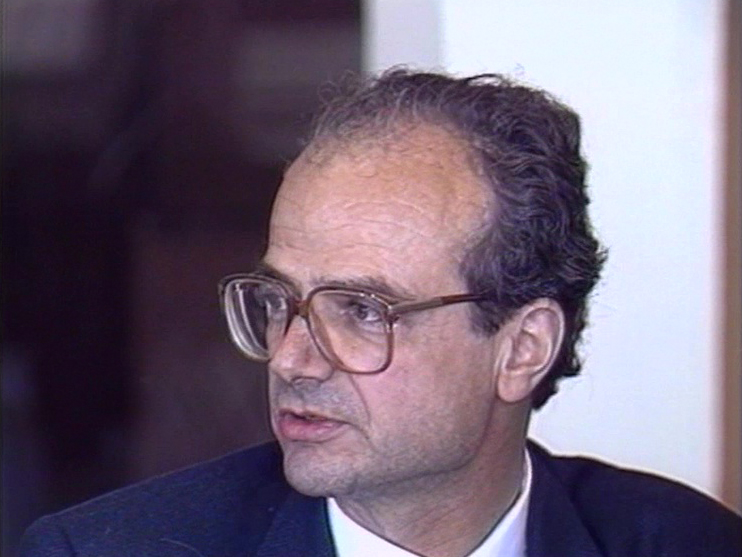Serge Daney and the Promise of Cinema

Introduction to ‘Serge Daney and the Promise of Cinema’
Serge Daney (1944–1992) remains one of the 20th century’s most influential film critics. Growing up in Paris, he developed an early passion for cinema. His first article appeared in Visages du cinéma in 1962 and, by 1964, he had joined the editorial team of Cahiers du cinéma, becoming editor-in-chief in 1973. In 1981, he moved to Libération, expanding his focus to television and media. A decade later, he co-founded Trafic, envisioning it as “a place to re-view,”1 offering space for reflection beyond the pace of current events.
Just months before his death, in response to a question of Régis Debray about the images “that looked at you when you were a child”, Daney was unequivocal: “the first image that counted for me, almost the definitive image, wasn’t a cinema image, it was the geography atlas”. For Daney, world maps held the promise of becoming “a citizen of the world” — a promise he later believed he had largely fulfilled through his life in cinema, telling Debray: “I’ve lived from that world map”.2 Throughout his life, Daney would remain a keen traveller — of both the world and cinema — and found solace in voyaging “without luggage, totally self-sufficient in his dispossession.” Travelling meant “leaving no images, no trace: being clandestine in the world.”3
As a country that was “still missing” from his map, cinema embodied a deeply felt promise of universality. Daney himself longed for a shared imaginary space through cinema, a global citizenship of viewers, where images connect us without requiring us to be the same, allowing us to imagine ourselves somehow in relation to the world; a way of taking without owning, of belonging without opting in.
Last year, Daney would have turned eighty. We seized the occasion to reflect on the continued resonance of his writings and ideas through an issue comprising contributions from critics, academics and translators from around the world — one that reminds us of the promise of that missing country called cinema: an imaginary space that is nonetheless home to “true inhabitants who [speak] the same language.”4 5 6
- 1Video recording of Serge Daney’s presentation of Trafic at Jeu de Paume, Paris, 5 May, 1992.
- 2From the video interview Serge Daney: Itinéraire d’un ciné-fils by Pierre-André Boutang and Dominique Rabourdin, 1992.
- 3Serge Daney, Postcards from the Cinema, trans. Paul Douglas Grant (Oxford: Berg Press, 2007), p. 97-98.
- 4Ibid, p. 78.
- 5Photo Serge Daney, Françoise Huguier / Agence VU
- 6In conjunction with the publication of this issue, an eponymous screening programme will take place at the ICA in London.










